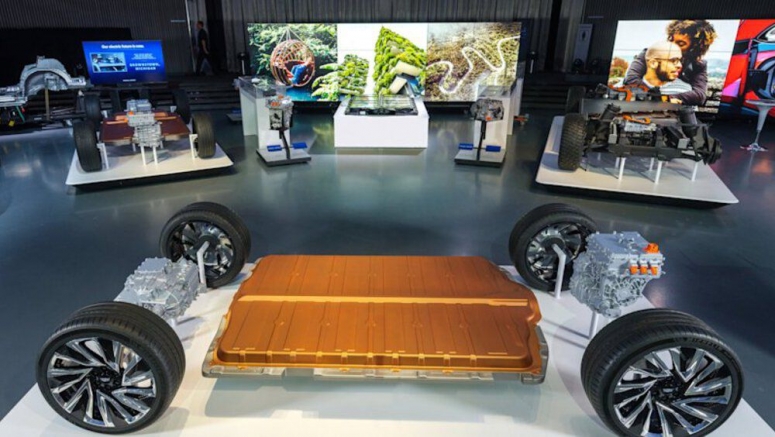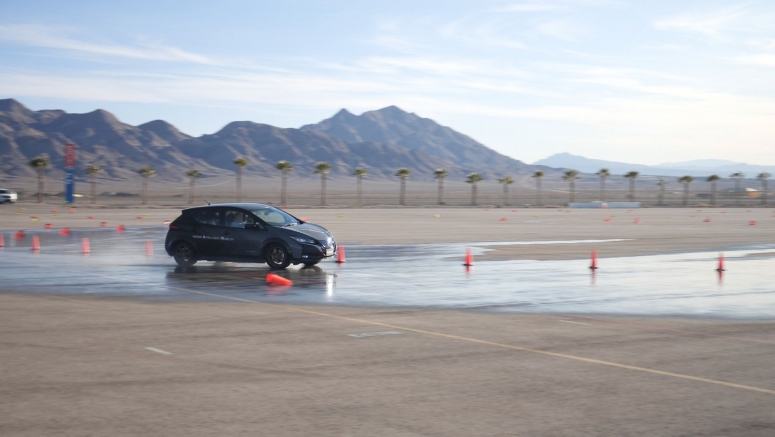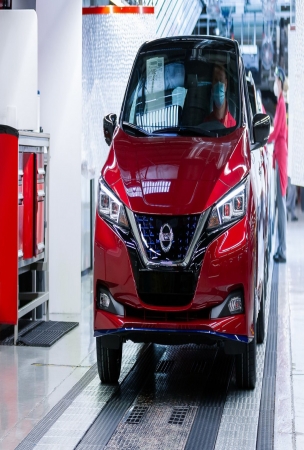Honda's Next Two Evs For America Will Be Made By Gm

Honda's electric car range has been pretty paltry in the United States so far. Its only full electric is the short-range Honda Clarity EV, which is on its way out, and the adorable Honda E doesn't look like it's coming here anytime soon (no matter how much we want it to). But the company is planning on changing that. In a joint press release, it announced with General Motors that it has two new EVs coming that will be based on GM's electric car technology.
The two cars will use the new global EV platform from General Motors and the company's new Ultium batteries. The platform will be used in a wide array of GM vehicles from Chevy to Cadillac. The Ultium batteries are unique pouch-style batteries that allow for lots of packaging flexibility, rapid charging, and will be offered in packs from 50 to 200 kWh. All of this technology will underpin the new Hondas. In fact, these new Hondas will even have OnStar and the hands-free SuperCruise advanced driver assist system. They'll be built in GM factories in North America, too.
- Published in Auto Moto
- Read more...
Nissan E-4orce Awd Will Make Future Dual-motor Nissan Evs Dual Threats

Compromise used to be the unfortunate truth in auto manufacturing. The hardware needed to build an enthusiast-pleasing machine wasn't necessarily compatible with producing a comfortable, safe vehicle. With the advent of modern electric vehicles, this situation is changing, and our recent drive of Nissan's e-4ORCE prototype all-wheel drive system shows how. The vehicle in question is a regular Nissan Leaf Plus that's been outfitted with two Leaf Plus motors (one in front and one in back) and Nissan's e-4ORCE all-wheel drive system. A variety of tests were laid out for us at the Las Vegas Motor Speedway during CES last week to let us try out Nissan's new dual-motor EV system. Turns out, e-4ORCE offers more than just increased traction. All the proof is in the driving. Our first test was a straight-line acceleration run. Two Leaf Plus motors combine for a system output of 304 horsepower and 502 pound-feet of torque. To put it lightly, the e-4ORCE test car made the regular Leaf Plus feel as though it was hardly moving. The quick response from the go-pedal was just as impressive — Nissan claims its powertrain responds quicker than any other dual-motor EV system that it benchmarked. Next up, Nissan had us experience the benefit of rear motor regenerative braking. Instead of a swift nosedive when lifting off the accelerator pedal in the single front-motor Leaf Plus, the e-4ORCE keeps its nose steady and close to level with where we started from after lifting off the accelerator. It's able to accomplish this by using the rear motor instead of the front motor for regenerative braking, significantly reducing head-toss and squat. This will make a huge difference for folks who get carsick easily.
- Published in Auto Moto
- Read more...

